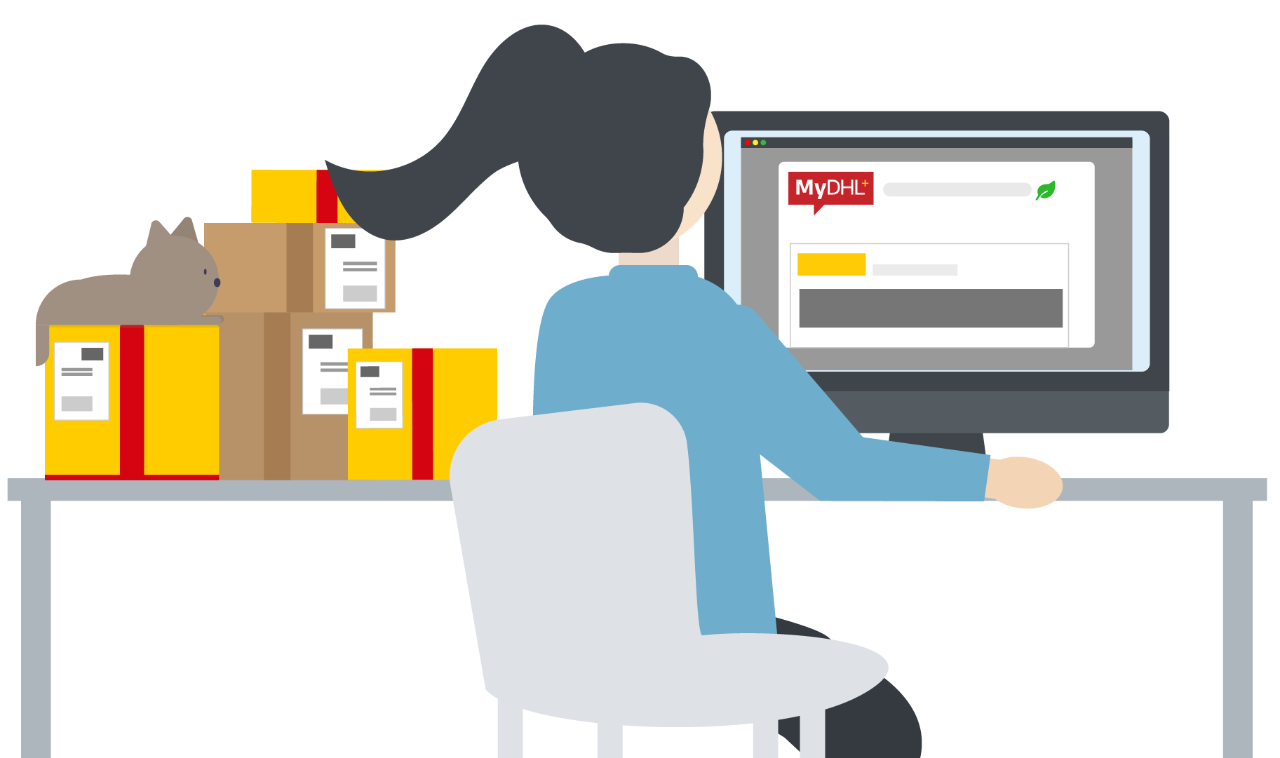The Customs Process
DHL Express and Customs Authorities – Working Together to Deliver
Customs – a simple enough word – but how do we actually define the word in relation to our business? Find out how DHL Express fits into the wider picture of customs regulations and the clearance of your shipments for delivery.
|
|
|
|
-
Customs authorities are responsible for performing a wide range of regulatory controls aimed at protecting both revenues and the security and safety, health and prosperity of country’s citizens and business as well as managing border controls.
-
Customs is simply an authority or agency that resides at country level. In terms of revenue, its first responsibility is not only the collection but also the safeguarding of customs duties and taxes.
-
This management of customs duties and taxes is essential for controlling the flow of goods in and out of a country. Therefore, the customs process begins in the country of origin and ends in the country of destination.
-
Processing several million customs entries is no easy task – and this is something that DHL Express does every day for its customers across the globe.
-
Through the local customs services we provide to customers everywhere, we are now one of the world's largest customs service providers. In this role, we need to ensure that your customs-related data and paperwork are relevant and accurate at all times.
-
Once thoroughly checked, your shipment information is transmitted electronically to the appropriate customs authority. Through our collaborative partnerships, they work with us to expedite the clearance and get your goods delivered quickly and efficiently.
-
DHL Express manages the majority of queries from the customs authority on your behalf. Once your goods are cleared, we arrange for transfer before final delivery.
-
Providing complete, accurate and compliant waybill and customs invoice (Commercial/Proforma) details is essential for a successful customs clearance. Shipments will not clear customs unless data and paperwork are accurate and fully complete.
-
One key element is to ensure complete and accurate goods descriptions. Shippers must provide complete information, with sufficient detail about the precise nature of goods in plain language, such as: Women’s T-Shirt made of cotton. Generic descriptions such as "samples" or "spare parts" are not allowed.
-
Goods shipped internationally are classified under commodity codes (known as Harmonized System codes) for customs clearance purposes. This code is pre-defined by the World Customs Organization and customs regulations.
-
The commodity code is a critical piece of information for when goods are submitted to the customs authority, as it will help determine benefits or requirements for the specific good and what duties and taxes will apply.
-
Depending on local legislation and regulations, the import or export of certain goods may be restricted or prohibited. It is the customs authority that has the regulatory mandate of enforcing these rules.
-
Furthermore, each and every local customs authority has the legislative power to set its own import and export fiscal charges depending on the type of shipment it processes and relevant regulatory frameworks.
Avoid customs clearance delays by providing documentation
It’s important that shipments include all the necessary documentation in order to clear customs. When shipments do not contain required documents, DHL provides a convenient service that allows you to quickly submit documentation to avoid clearance delays. DHL:
- Notifies the shipper
- Provides access and instructions on how to upload missing documents
- Sends updates on the documentation status until received and accepted
Need a Port of Export for your AES EEI filing? Use our MyDHL Port of Export Tool to identify one for your shipment.



